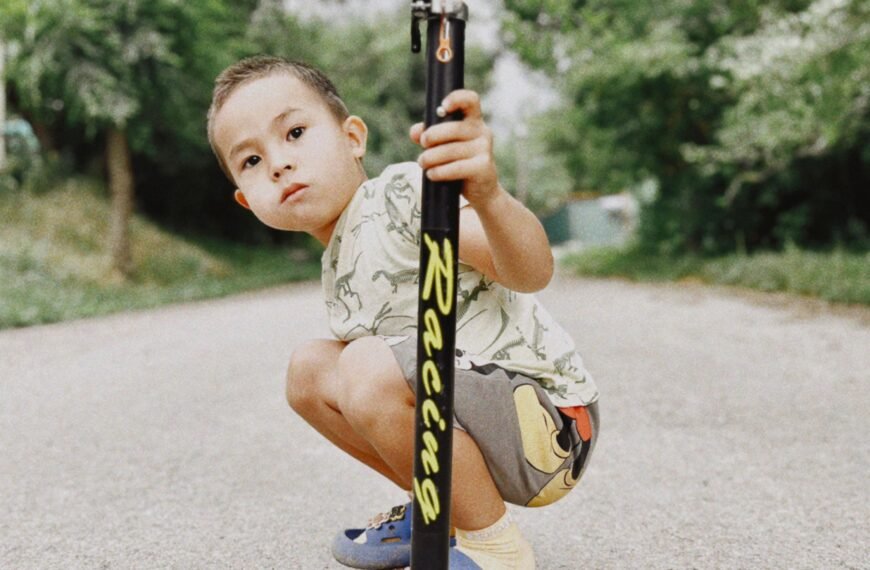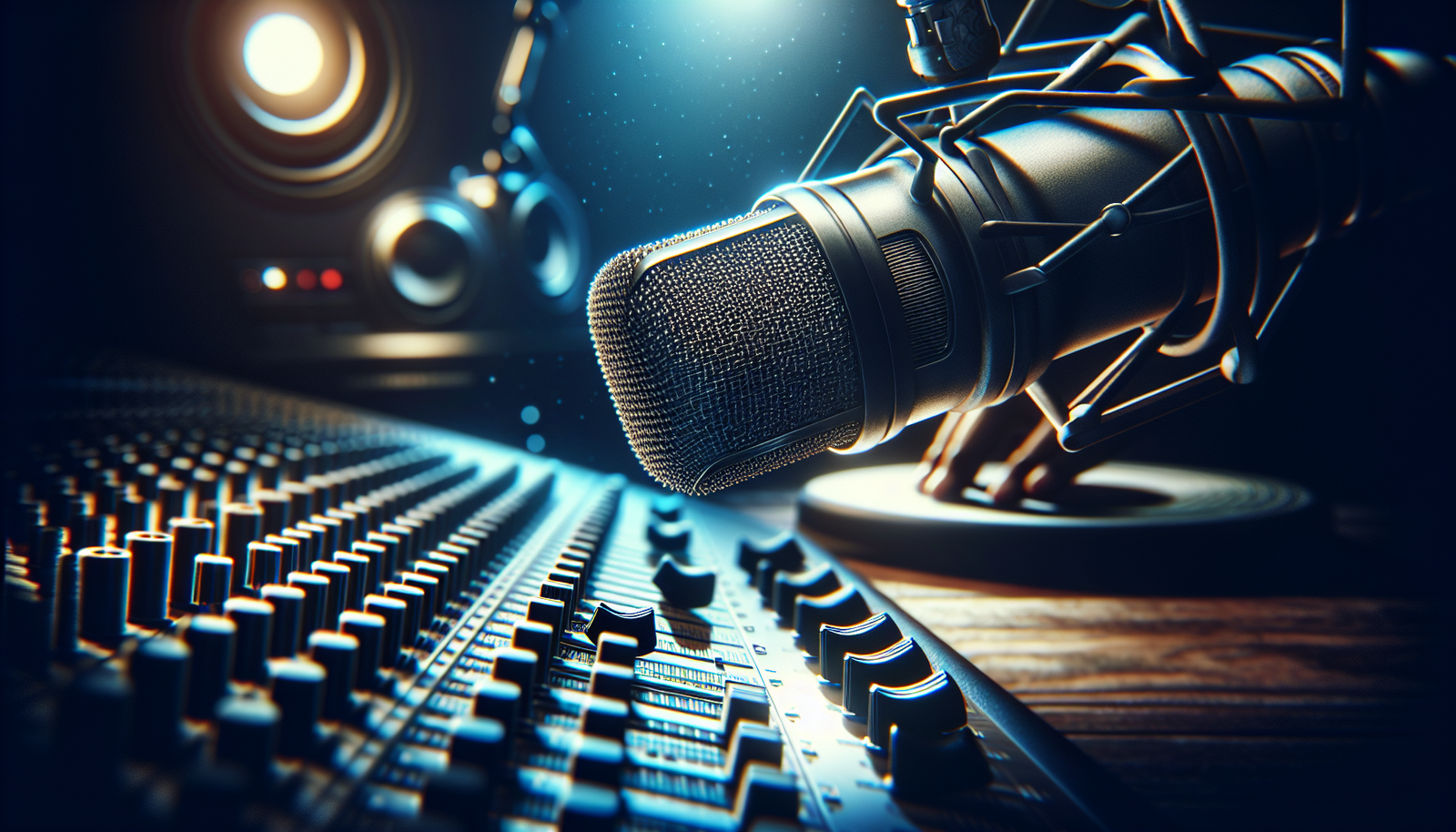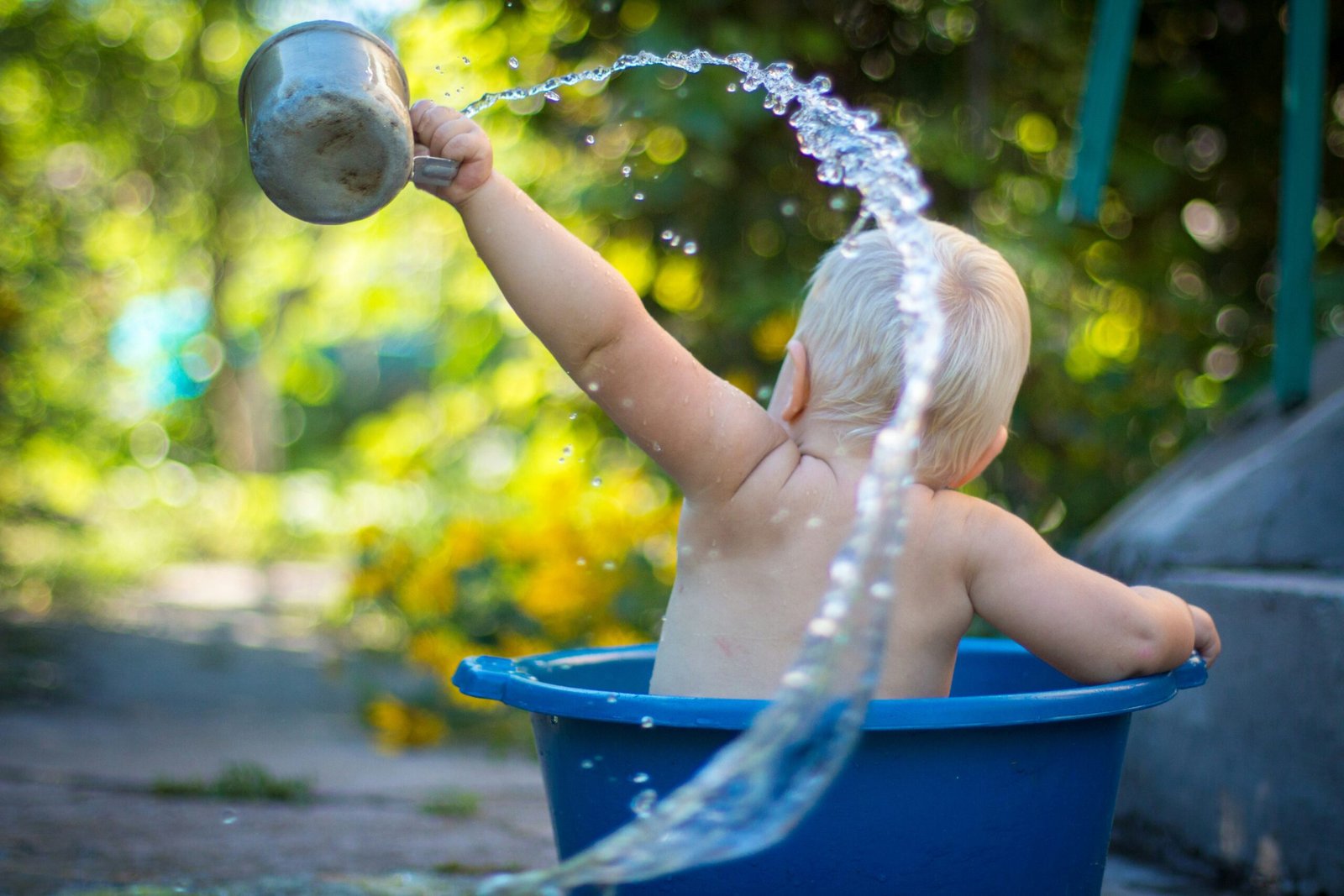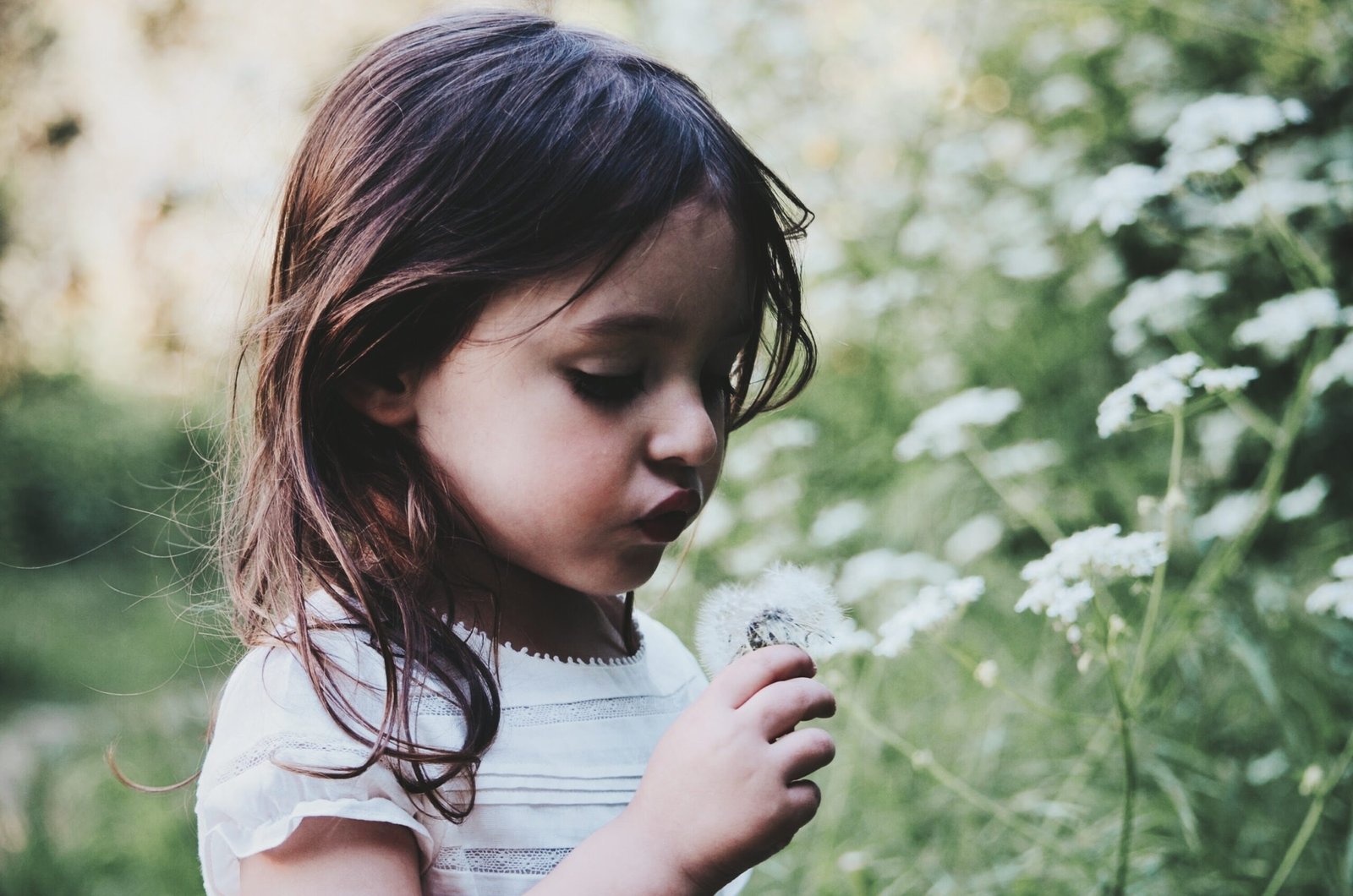Congratulations! Your baby is turning 2, and it’s an exciting milestone. As your little one grows, it’s time to reassess their toy collection. While it might be tough to let go of some cherished items, it’s essential to choose age-appropriate toys that promote their development. In this article, we will guide you through the process of deciding what toys to get rid of when your baby turns 2, helping you create a safe and stimulating environment for their continued growth and exploration.

Check Baby Toys Guide & Review
Toys with small parts
Choking hazard
When your child reaches the age of 2, it is important to reevaluate the toys they have in their collection. Toys that contain small parts can be a significant choking hazard for young children. As they continue to grow and explore their surroundings, they may become curious about these tiny objects and attempt to put them in their mouth. This can lead to a dangerous situation where the small parts become lodged in their throat. To ensure the safety of your child, it is best to remove any toys with small parts from their play area.
Difficulty for little hands
Another reason to consider getting rid of toys with small parts is the difficulty they pose for little hands. At the age of 2, children are still developing their fine motor skills and may struggle to manipulate and control objects with precision. Toys with small parts, such as tiny building blocks or puzzles, can frustrate your child and hinder their development. It is important to provide them with toys that are appropriate for their age and stage of development to encourage their fine motor skills to flourish.
Outgrown interest
Additionally, some toys with small parts may simply no longer hold your child’s interest as they grow older. As they enter their toddler years, their interests and preferences evolve, and they may be more drawn to toys that are more interactive and engaging. Toys that rely solely on small parts for play may become boring for your child, leading to them losing interest and seeking out other forms of entertainment. It is important to regularly assess your child’s toys and remove any that they have outgrown to make space for new and exciting play experiences.
Electronic toys
Minimal learning value
While electronic toys may seem appealing and exciting, they often offer minimal learning value for young children. Many electronic toys focus on flashing lights and catchy sounds, which may capture your child’s attention momentarily but fail to provide meaningful learning experiences. At the age of 2, children are eager to explore and learn about the world around them, and toys that encourage active engagement and imagination are more beneficial for their development.
Limited creativity
Electronic toys often limit creativity and imagination as they are designed with specific functions and predetermined actions. Instead of encouraging open-ended play and allowing your child to use their imagination, these toys often dictate how they should be played with. By introducing more traditional toys that allow for imaginative play and problem-solving, you can foster your child’s creativity and cognitive development.
Screen time concerns
Another aspect to consider when thinking about electronic toys is the screen time they involve. Excessive screen time has been associated with various negative effects on children, such as decreased physical activity, delayed language development, and disrupted sleep patterns. Many electronic toys rely on screens or have options for additional screen-based activities, which can contribute to unhealthy screen time habits. It is essential to find a balance and prioritize hands-on, screen-free play experiences for your child’s overall well-being.
Baby rattles
Lack of developmental stimulation
Although baby rattles are often a staple in early childhood, they may not offer significant developmental stimulation for a 2-year-old. At this stage, children are developing rapidly and require toys that challenge and engage their growing abilities. While baby rattles may still be enjoyable for your child, they might not provide the level of cognitive or sensory stimulation they need to support their ongoing development.
Safety concerns with small parts
Many baby rattles feature small parts, such as beads or buttons, that can pose a safety risk for your 2-year-old. As children become more curious and mobile, they may put toys in their mouth or manipulate them in ways that increase the likelihood of small parts becoming detached. To ensure your child’s safety, it is prudent to remove any baby rattles with small parts and replace them with age-appropriate toys that are both engaging and safe.
Simplistic toys
Limited educational value
While simplistic toys may have served a purpose during your child’s infancy, they may offer limited educational value as they reach the age of 2. At this stage, children are ready to explore more complex concepts and engage in more challenging play experiences. Toys that offer a higher level of complexity, such as puzzles or building blocks, can support your child’s cognitive development and problem-solving skills.
Developmental progression
As your child grows older, their developmental needs evolve, and they require toys that reflect this progression. Simplistic toys that were once suitable for your baby may no longer fulfill their developmental needs. It is important to actively promote their growth and learning by introducing toys that are age-appropriate and encourage new skills and abilities.

Plush toys
Health and hygiene concerns
Plush toys, while often beloved by children, can harbor dirt, dust, and allergens that may impact your child’s health and well-being. Regular cleaning of plush toys can be challenging, and they may accumulate bacteria over time, leading to potential health risks. Additionally, some plush toys have small parts, such as buttons or eyes, that can become detached and pose a choking hazard for young children. Assessing the cleanliness and safety of your child’s plush toys is essential to ensure a healthy and safe play environment.
Space limitations
Another consideration when it comes to plush toys is the space they consume. These soft and cuddly toys can quickly accumulate and take up a significant amount of room in your child’s play area. As your child grows older and their interests shift, it may be necessary to make room for other toys that align with their changing needs. If you find that plush toys are occupying excessive space, it may be time to consider donating or storing some of them to create a more functional play environment.
Stacking toys
Outgrown challenge
Stacking toys, although beneficial for developing fine motor skills and hand-eye coordination during infancy, may become less challenging for a 2-year-old. By this age, most children have mastered the skill of stacking objects and may find the simplicity of these toys less engaging. While it’s important to provide toys that allow for continued skill development, it’s equally essential to introduce new challenges that match your child’s current abilities and promote their ongoing growth.
Safety concerns
Certain stacking toys may also pose safety concerns for your 2-year-old. Some may have small parts or sharp edges that can potentially cause harm. As your child becomes more independent in their play and exploration, it’s crucial to evaluate each toy’s safety features, especially when it comes to toys that involve stacking or building.

Push and pull toys
Limited motor skills development
Push and pull toys, although enjoyable for many children, may offer limited opportunities for motor skills development once your child reaches the age of 2. At this stage, they have likely mastered the art of walking and may require toys that provide more complex challenges. While push and pull toys can still be entertaining, it may be beneficial to introduce toys that require more precise movements or problem-solving skills to further develop their fine motor skills.
Space limitations
Push and pull toys can also occupy a significant amount of space, especially if your child has accumulated multiple versions or variations of these toys. As you navigate through your child’s toy collection, consider their current interests and whether they have outgrown certain toys. This evaluation will allow you to optimize the available space and create an environment that is stimulating and engaging for your 2-year-old.
Play mats and gyms
Outgrown interest
Play mats and gyms that were once a source of entertainment and exploration for your baby may lose their appeal as your child grows older. At the age of 2, children are seeking more interactive and engaging play experiences that challenge their developing skills and promote imaginative play. While play mats and gyms can be a valuable tool during infancy, it’s important to consider your child’s changing needs and interests as they continue to grow.
Space limitations
Play mats and gyms can be quite large and take up a significant amount of space in your home. As your child’s play area evolves and their interests shift, it may be necessary to reevaluate the space allocated to these larger toys. By removing play mats and gyms that are no longer being utilized, you can create more room for toys that align with your child’s current stage of development and interests.
Board books and soft books
Outgrown simplicity
Board books and soft books, although wonderful tools for introducing young children to the world of reading, may become too simplistic for a 2-year-old. As their language skills and cognitive abilities continue to develop, they may benefit from more complex stories and books that offer a greater challenge. Introducing books with more extensive vocabulary, longer narratives, and engaging illustrations can further enhance their language development and promote a love for reading.
Transition to more educational books
While it’s important to expose your child to a variety of books, it’s also crucial to consider their educational value. As they progress through their toddler years, consider transitioning to books that focus on early literacy skills, numeracy, and other educational concepts. Look for books that encourage interactive reading experiences, such as lift-the-flap or touch-and-feel books, to make learning even more enjoyable for your 2-year-old.
Puzzles with large pieces
Outgrown challenge
Puzzles with large pieces, while beneficial for introducing young children to problem-solving and spatial awareness, may become less challenging for a 2-year-old. As their cognitive abilities continue to develop, they may seek out more complex puzzles that offer a greater sense of accomplishment. By introducing more intricate puzzles that align with their current skills, you can provide a stimulating and rewarding play experience for your child.
Exploring more complex puzzles
As your child grows older, it is crucial to introduce them to puzzles that allow them to explore more complex concepts. Puzzles that involve numbers, letters, or different textures can contribute to their cognitive and sensory development. Encouraging them to venture beyond simple jigsaw puzzles can foster their problem-solving skills and critical thinking abilities.
In conclusion, when your child turns 2, it is essential to reevaluate the toys they have in their collection. Toys with small parts can pose a choking hazard and may be difficult for little hands to manipulate. Electronic toys often offer minimal learning value and may limit creativity and imagination. Baby rattles may lack developmental stimulation and can have safety concerns with small parts. Simplistic toys may provide limited educational value and fail to support developmental progression. Plush toys can raise health and hygiene concerns and occupy excessive space. Stacking toys may lose their challenge and present safety concerns. Push and pull toys may offer limited motor skills development and take up significant space. Play mats and gyms may be outgrown and may not suit your child’s evolving interests. Board books and soft books may become too simplistic, and transitioning to more educational books is beneficial. Lastly, puzzles with large pieces can lose their challenge, and exploring more complex puzzles can further enhance your child’s cognitive development. Ultimately, by carefully considering each category of toys and their impact on your child’s development, you can ensure a safe, engaging, and stimulating play environment for your 2-year-old.














